A darparwyd Adran Staitisteg yr ymdrech cyfreithiol diwethaf 2024-04
Lawrlwytho
Ni Cheir Ynfydwyr
Bhalisa Manje ukuze Ufikelele Kwihloliso Lokukhetha Kabanzi
Bhalisa

Ukuzophuza: Ababonisi Abaphezulu be-Rasio tiktok eGorllewin Sahara
Ababonisi abangaphezulu kwelamanani aya yisifunda TikTok ezakamuva eGorllewin Sahara?
Ngaphezulu kwezemivalo ezinkulu zezithuba ezitsha TikTok eGorllewin Sahara, ngaphandle kwabantu abaningi, ithuluzi lethu le-Influencer Discovery libasebenzisa ngokusiza.
Ukuthola Ababonisi Abangaphezulu be-TikTok eGorllewin Sahara Kuphi na?
Inhlanganiso yokuhlolwa kwabangani abalinganayo be-TikTok kungenziwa ngezinqubo ezimbili. Okokuqala, ungakhetha ukuchatha ngokuzenzakalela nge-TikTok yomsebenzi noma iwebhusayithi, kepha lomsebenzi ngokubanzi ungahlula isikhathi. Noma ungakhetha ikhomba eficientini ngokusebenzisa u-Influencer Discovery lethu. Lomsebenzi omuhle luyinhlangano enkulu yokuhlwazela ingqikithi oyiphethe kwaye kudalwe kwi-database enkulu yokuba yi-creator yezinto, kuchaza ubuhlola abaholi bezithembiso, khombisa iprofile yabantu abalengqikithi, navela. Luthuse njengenye yabantu abangafakiyo kungenxa yokuhlalo, ubugwenxa behlalo, uminyaka, kwaye umzali.

 Threads
Threads



